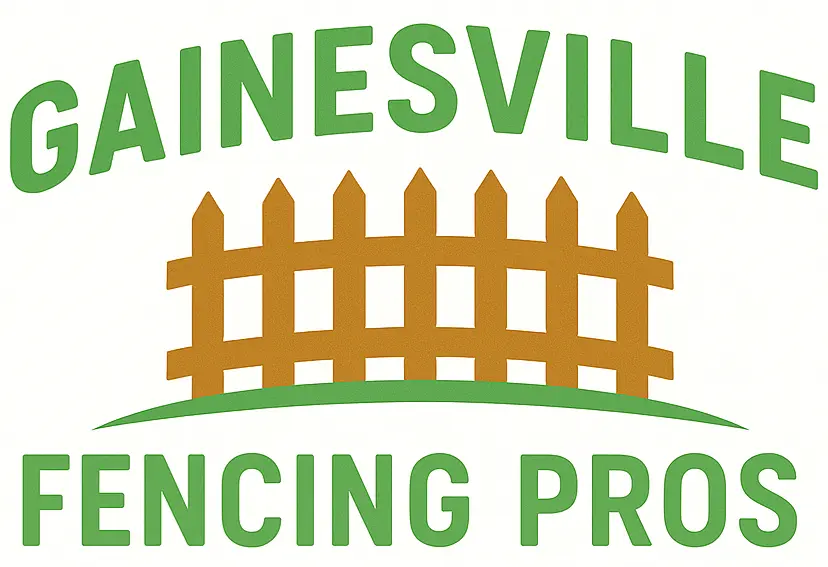Privacy fence installation in Florida means more than just setting posts and panels—it takes careful planning, following local regulations, and preparing for the state’s hot and stormy climate. Many homeowners choose reliable privacy fencing services Gainesville to create a safe, shaded, and private outdoor space. A well-built fence not only raises property value but also improves curb appeal, blocks strong winds, and adds backyard comfort. Whether done as a step-by-step DIY project or handled by a licensed contractor, the job requires the right tools, good preparation, and knowledge of permits in Florida.
What Tools You Will Need for Privacy Fence Installation In Florida
To complete privacy fence installation, you will need a mix of digging, measuring, fastening, and safety tools. A well-prepared toolkit ensures smoother work and fewer interruptions.
- Post hole digger or auger – for digging uniform holes for fence posts.
- Shovel – useful for adjusting soil and leveling around posts.
- Level – ensures posts and panels are installed straight.
- Measuring tape – for accurate spacing between posts.
- Hammer or nail gun – to fasten panels or boards securely.
- Power drill and screws – for sturdy assembly of wood or vinyl fences.
- Concrete mix and bucket – stabilizes fence posts in the ground.
- Work gloves and safety glasses – to protect hands and eyes during installation.
Checklist: What to Prepare Before Privacy Fence Installation in Florida’s Homeowners
Before beginning privacy fence installation, several key steps should be taken:
- Check property boundaries
- Verify land survey lines to avoid disputes with neighbors.
- Obtain permits
- Some municipalities require a permit for privacy fence installation.
- Call utility companies
- Ensure no underground lines are damaged during digging.
- Select materials
- Choose wood, vinyl, or composite panels based on budget and style.
- Clear the work area
- Remove debris, rocks, or plants that may obstruct installation.
- Plan for gate placement
- Decide where entry and exit points will be located.
How Privacy Fence Installation Is Done
Privacy fence installation can be broken into clear steps:
- Mark the fence line – use stakes and string to outline the property boundary.
- Dig post holes – typically 2–3 feet deep for stability.
- Set fence posts – secure posts in concrete and allow time to cure.
- Attach panels or boards – connect each section to the posts, keeping them level.
- Install gates – add access points with proper hinges and locks.
- Finish and inspect – check alignment and make adjustments if needed.
Safety and Access Tips for Privacy Fence Set Up
To stay safe during privacy fence installation, follow these tips:
- Wear protective gear – gloves, goggles, and sturdy boots prevent common injuries.
- Keep the area clear – remove obstacles, and restrict children and pets from the site.
- Watch for underground hazards – call utility companies before digging.
- Lift properly – heavy panels and posts should be lifted with proper form or with help.
- Stay aware of tools – keep power tools and sharp objects stored safely when not in use.
Post-Service Maintenance With Local Privacy Fence Installers
Maintaining your privacy fence after installation helps extend its life:
- Seal wood fences – apply a weatherproof stain or sealant every 1–2 years.
- Wash vinyl or composite – clean panels with soap and water as needed.
- Inspect posts annually – check that posts remain secure and upright.
- Tighten fasteners – replace or tighten loose screws, nails, or hinges.
- Repair damage quickly – fix broken boards or panels before issues spread.
FAQs
Yes, you can use either the stepping method or the racking method to adjust the fence panels along slopes.
DIY installation usually takes 2–4 days depending on the yard size, soil type, and number of helpers. Professionals can finish faster.
Yes, concrete is recommended for extra durability, especially in soft soil or windy areas. Gravel can also be used for better drainage.
Most privacy fences are between 6–8 feet tall, which is high enough to block sight lines while meeting local code restrictions.
Costs range from $15–$45 per linear foot depending on materials and labor. Wood is cheaper upfront, while vinyl and composite last longer.
Wood fences require staining or sealing every 2–3 years, while vinyl and composite fences only need occasional cleaning with soap and water.
